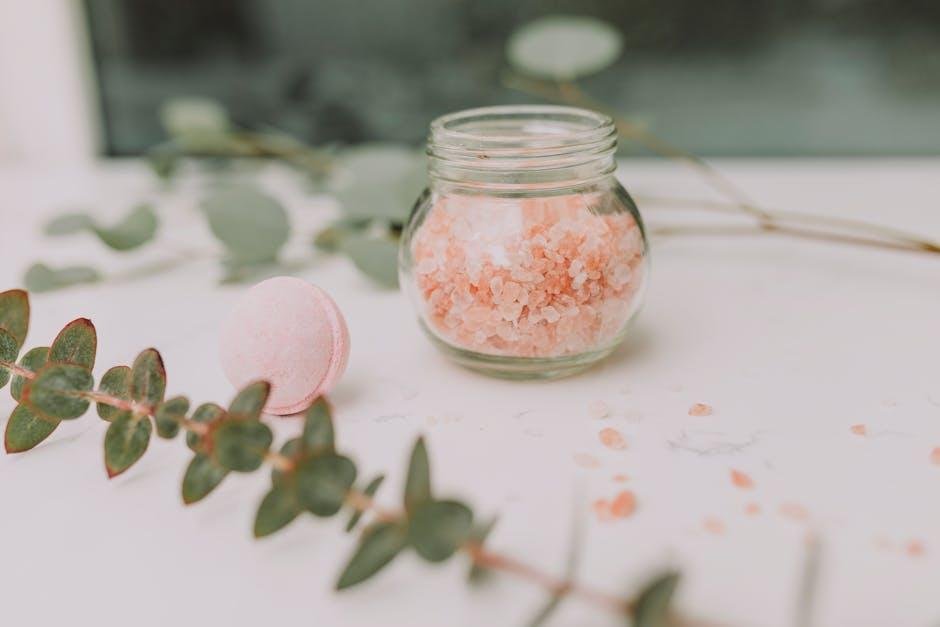Grooming is essential for a dog’s health—clean coat, trimmed nails, fewer mats—but for pups with grooming-related anxiety, it can be a distressing ordeal. A behaviorist can guide you and your dog through tailored strategies, ensuring grooming becomes a positive experience rather than a battleground.

1. Understand the Fear Cycle
Dogs fearful of grooming often fall into a negative loop:
They dread the grooming session.
You delay or skip grooming to avoid distress.
Their coat worsens and grooming becomes even more anxiety-provoking .
Breaking this cycle requires careful, step-by-step exposure to grooming tools and routines.
2. Behaviorist-Guided Desensitization & Counterconditioning
A professional behaviorist blends two effective techniques:
Desensitization – slowly introduce triggers (clippers, dryers) at low intensity until the dog shows no stress response.
Counterconditioning – pair the trigger with something positive, like treats or play, changing the dog’s emotional reaction from fear to calm .
For instance:
Leave clippers near the dog—no action, just presence. Reward calm behavior.
Once the dog is relaxed, turn them on at a distance—treat reward follows.
Gradually move closer and eventually touch, always reinforcing calmness .
3. Build Foundation at Home
Home sessions are key. Practice gentle handling first—touch paws, ears, belly, rewarding calm every time . Then introduce grooming tools simply—let your dog sniff brushes or blades, reward them, and get them used to tool sounds .
Reddit owners praise slow, consent-based progress:
“I slowly increased how long the brush would touch him… It took a few months… Now he mostly just lays there and sleeps while I brush him.”
Another adds:
“Reward them for approaching the tools… work on consent‑based training.”
4. Leverage Professional Grooming Support
Behaviorists often help you find groomers experienced with anxious dogs. Grooming professionals using Fear‑Free, Holistic, or Compassionate methods:
Spot subtle stress signs
Slow down or segment the session, like splitting baths and nail trims
Create a calm, sensory-friendly environment (soft lighting, quiet, no overpowering scents) .
Some salons even tailor packages:
Assessment visits – no grooming, just introduction.
Type‑2 dogs (moderate fear): gradual exposure across several light visits .
Type‑3 dogs (high fear): behaviorist-planned one-on-one sessions until grooming prep is mastered .
5. Short, Frequent, Positive Sessions
Aim for frequent mini-sessions instead of rare long ones:
Short visits focusing on just one task (a bath, then a nail trim) build positive associations without overwhelm .
Always end on a calm or playful note—this reinforces cooperation .
Reddit stories encourage steady repetition:
“Bring her every 4 weeks no matter what… We worked with a trainer… desensitized at home… She still needs a muzzle, but is so much better a year later.”
6. Seek Behaviorist or Trainer Help Early
If simple exposure and at-home steps aren’t enough, a professional is essential:
A trainer or behaviorist crafts structured programs, often using counterconditioning and desensitization at home .
In severe cases, a veterinary behaviorist might suggest calming medication during grooming .
7. Celebrate Progress—and Respect Limits
Track subtle wins: sniffing the clippers, tolerating tool sounds, partial brushing.
Stay patient: moving too fast risks setbacks.
Consistency is key: keep to the same groomer and routine once progress begins .
Why a Behaviorist Makes a Difference
Expert pacing ensures gradual exposure aligned with your dog’s stress threshold.
Tailored planning helps strategize home and salon sessions.
Calming strategies (e.g., muzzle training, comfort items, safe spaces) are professionally integrated .
Final Thought
Grooming fears don’t need to be permanent barriers. With compassion, structure, and professional support, most dogs learn that grooming can be safe—even enjoyable.
If you’re ready to improve your pup’s grooming experience, consider working with a behaviorist to develop a tailored plan: one rooted in slow, reward-based progress and respect for your dog’s unique needs.
Let me know if you’d like help outlining a home desensitization routine or finding fear‑free groomers in your area!





